Filter data
|
ID |
Nickname |
Country / City |
Languages |
Taxonomies |
Comment |
Project / Group |
Map |
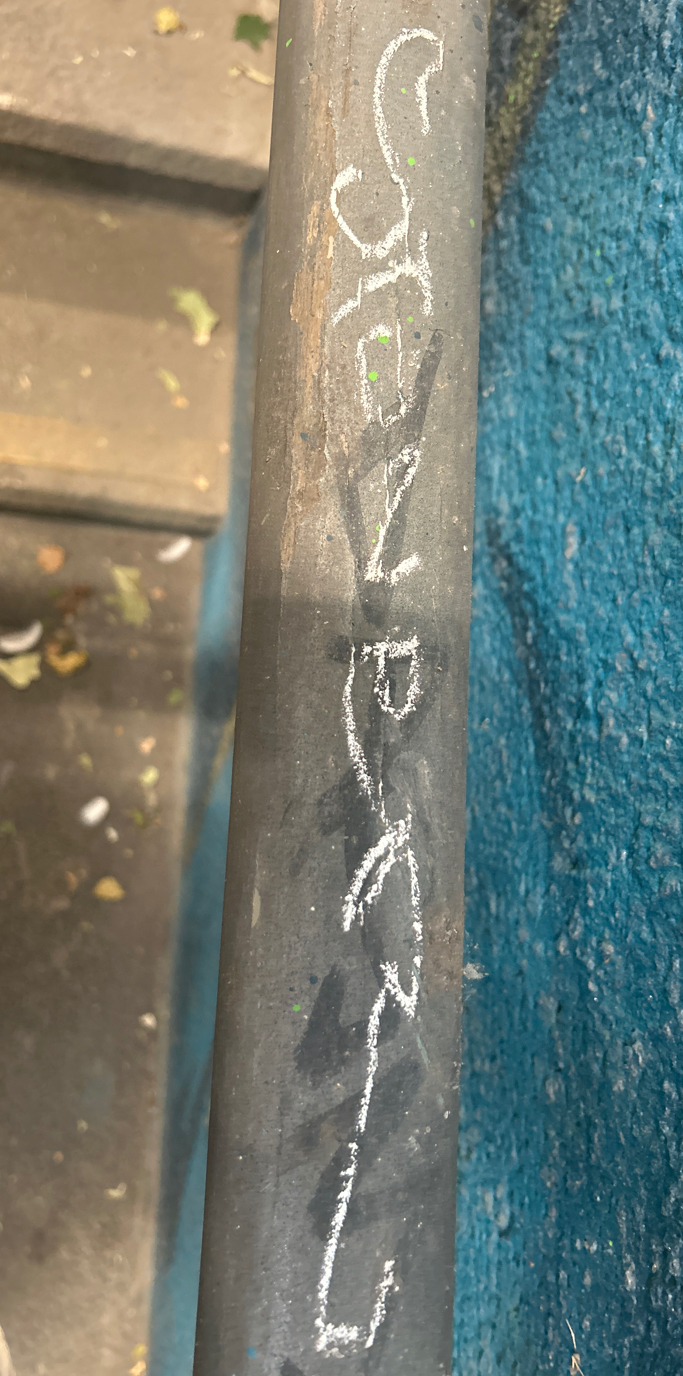
|
132613
|
SME
|
Deutschland
Karlsruhe
|
|
|
—
|
|
|
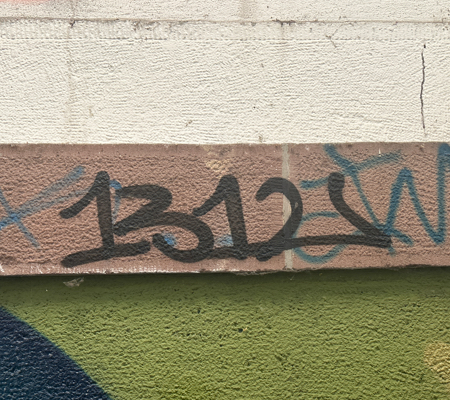
|
132614
|
SME
|
Deutschland
Karlsruhe
|
|
|
—
|
|
|
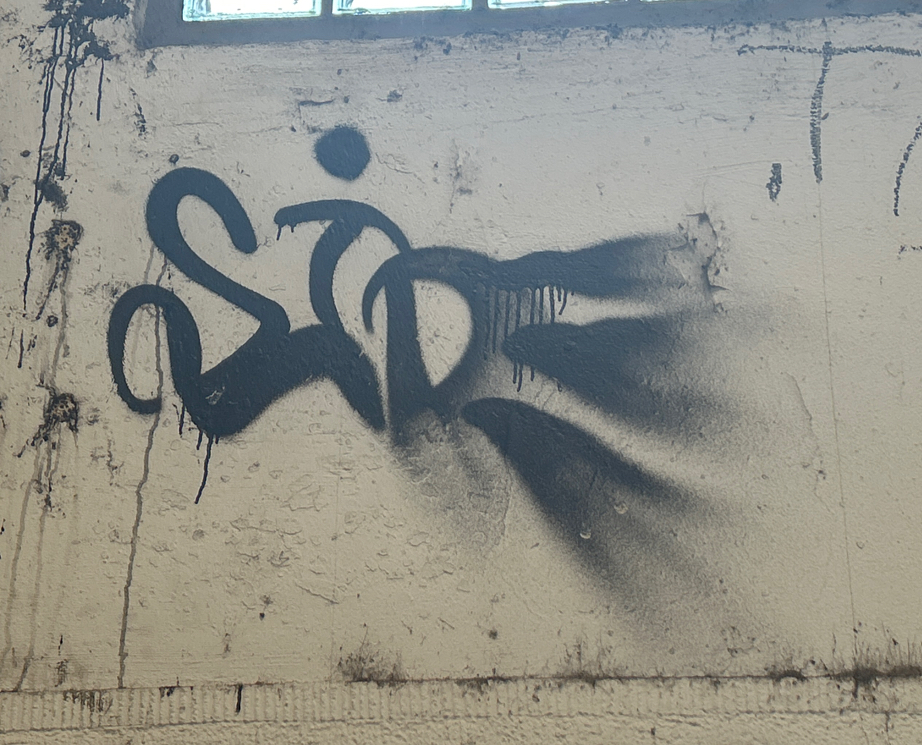
|
132615
|
SME
|
Deutschland
Karlsruhe
|
|
|
—
|
|
|

|
132616
|
SME
|
Deutschland
Karlsruhe
|
|
|
—
|
|
|
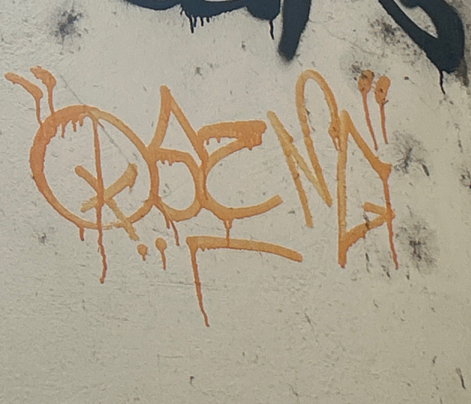
|
132617
|
SME
|
Deutschland
Karlsruhe
|
|
|
—
|
|
|
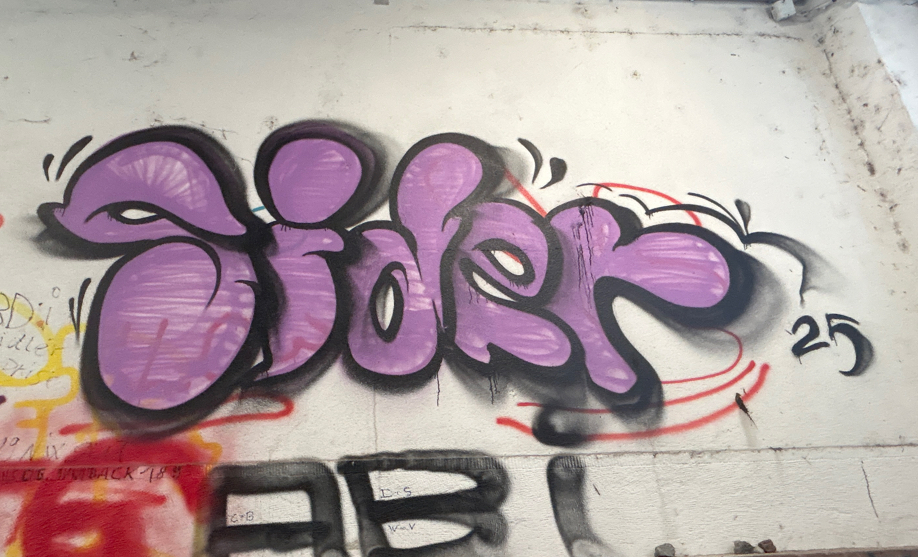
|
132618
|
SME
|
Deutschland
Karlsruhe
|
|
|
—
|
|
|
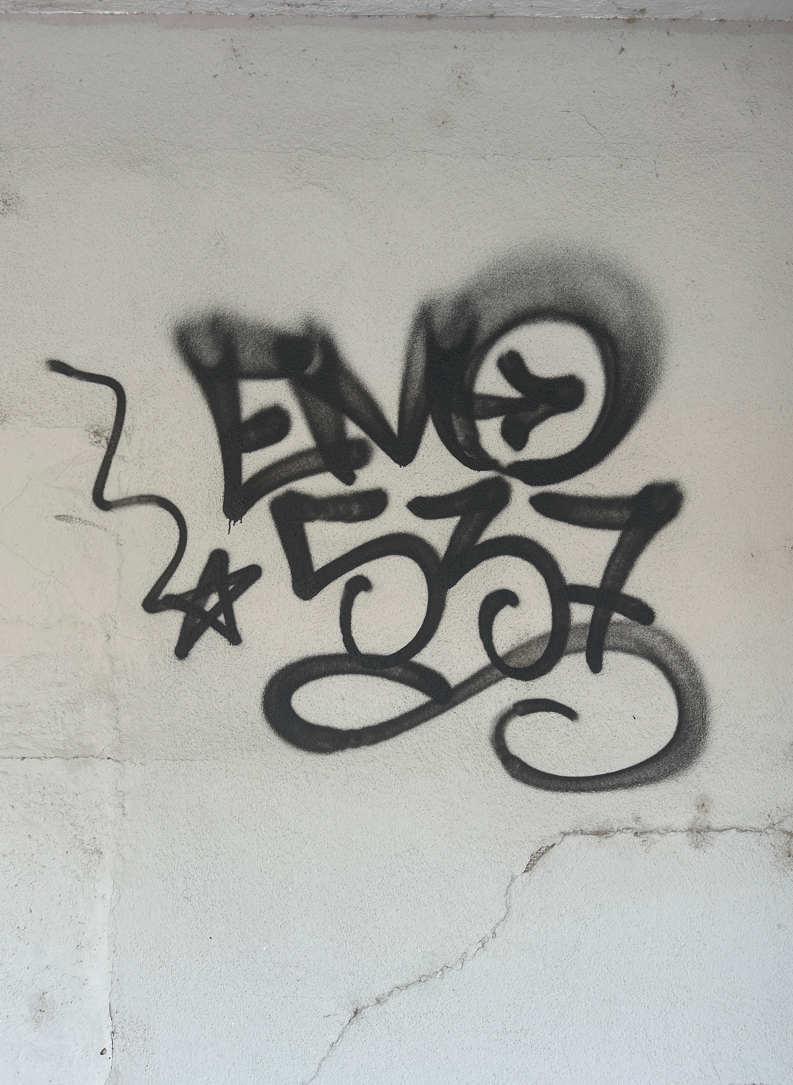
|
132619
|
SME
|
Deutschland
Karlsruhe
|
|
|
—
|
|
|

|
132620
|
SME
|
Deutschland
Karlsruhe
|
|
|
—
|
|
|
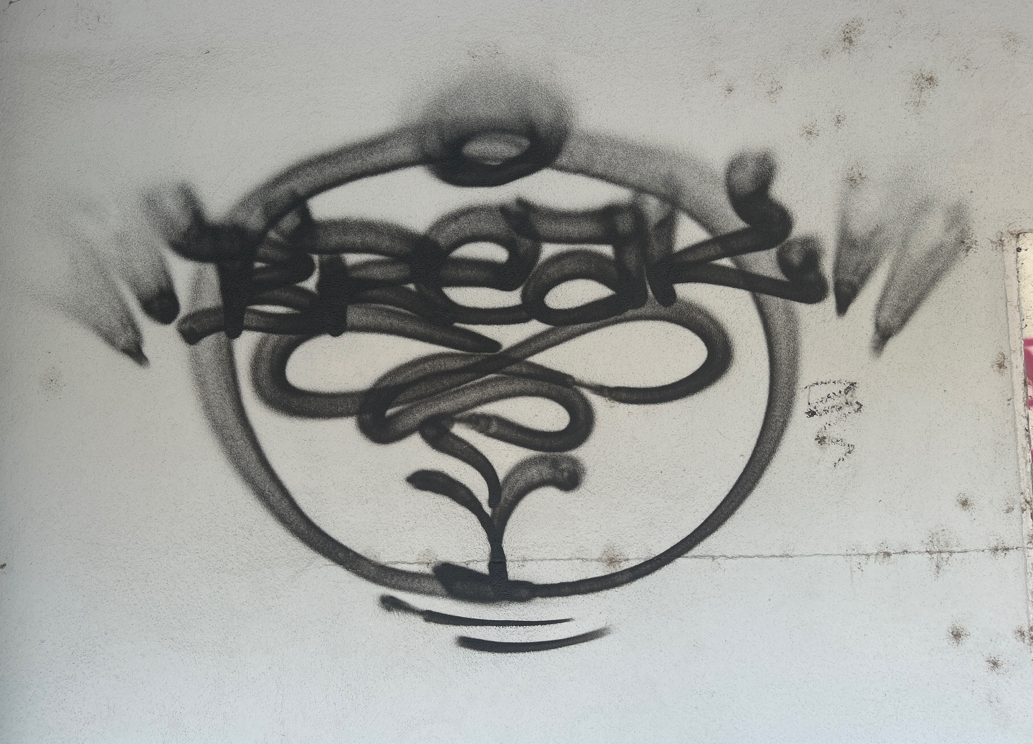
|
132621
|
SME
|
Deutschland
Karlsruhe
|
|
|
—
|
|
|
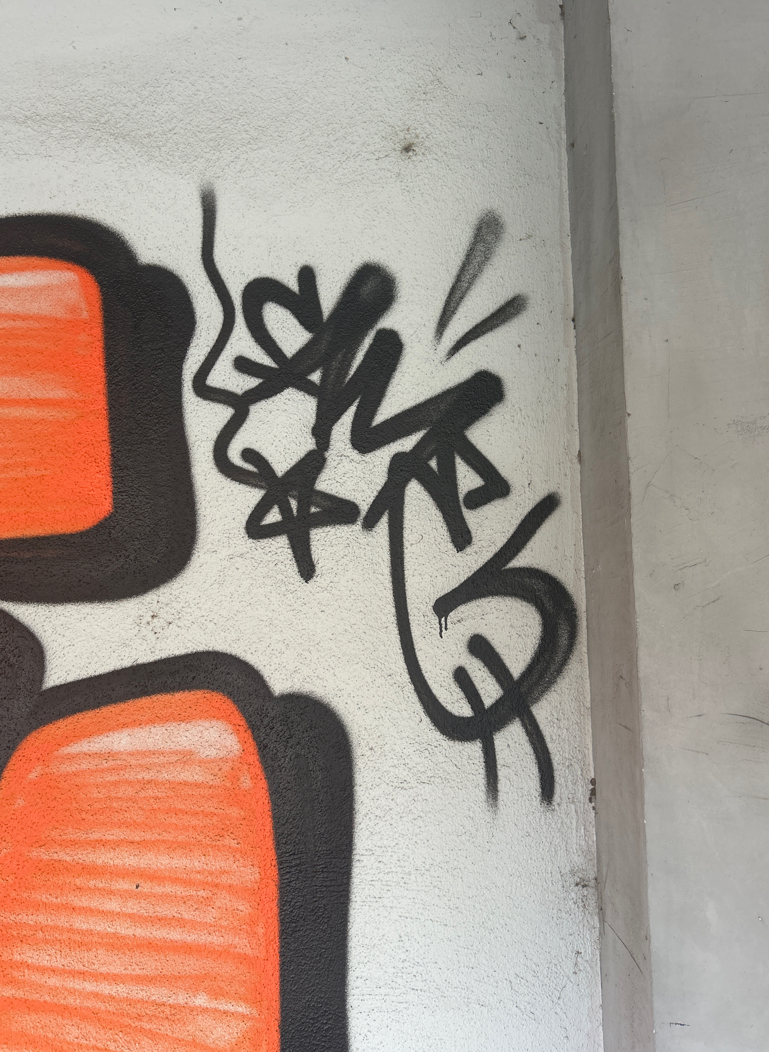
|
132622
|
SME
|
Deutschland
Karlsruhe
|
|
|
—
|
|
|
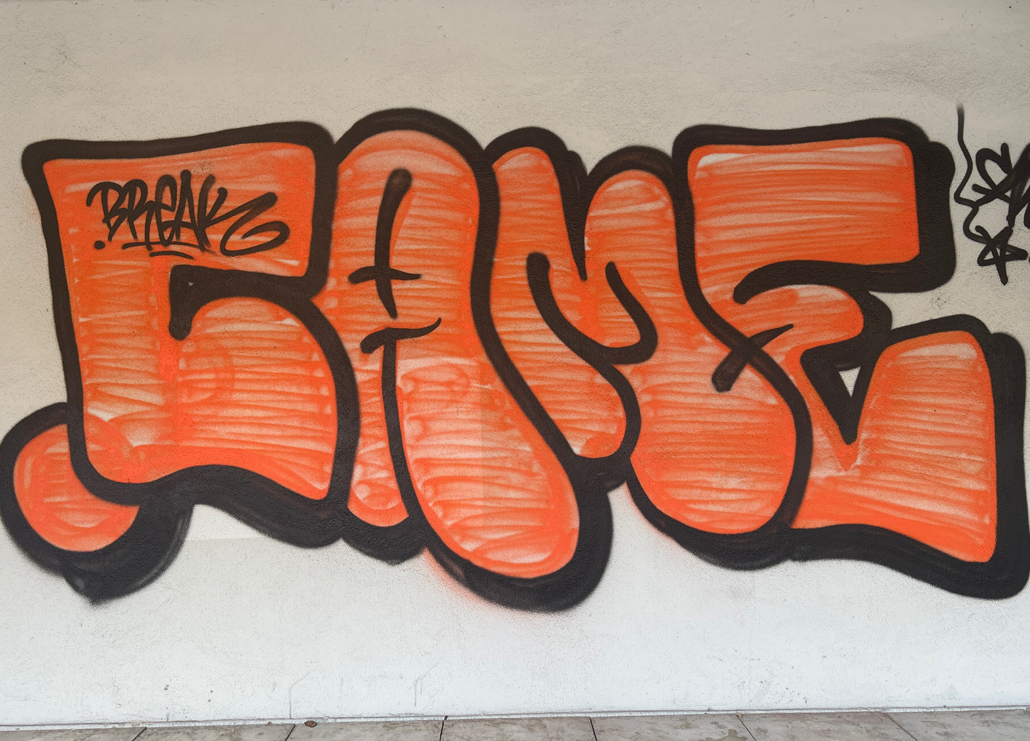
|
132623
|
SME
|
Deutschland
Karlsruhe
|
|
|
—
|
|
|
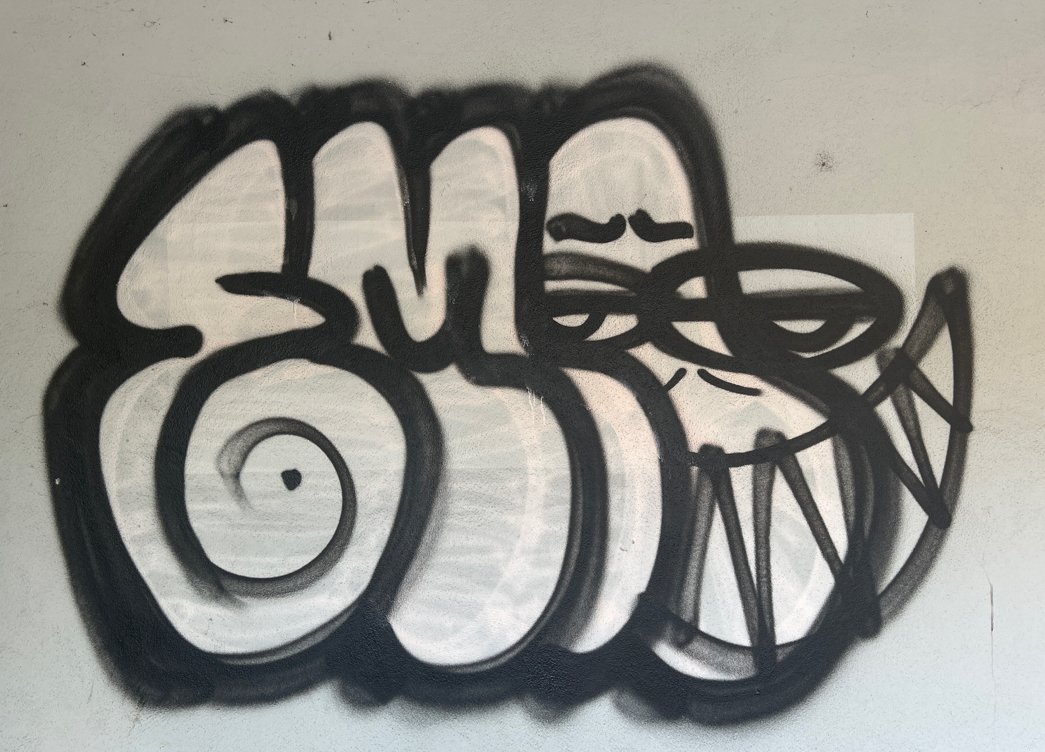
|
132624
|
SME
|
Deutschland
Karlsruhe
|
|
|
—
|
|
|
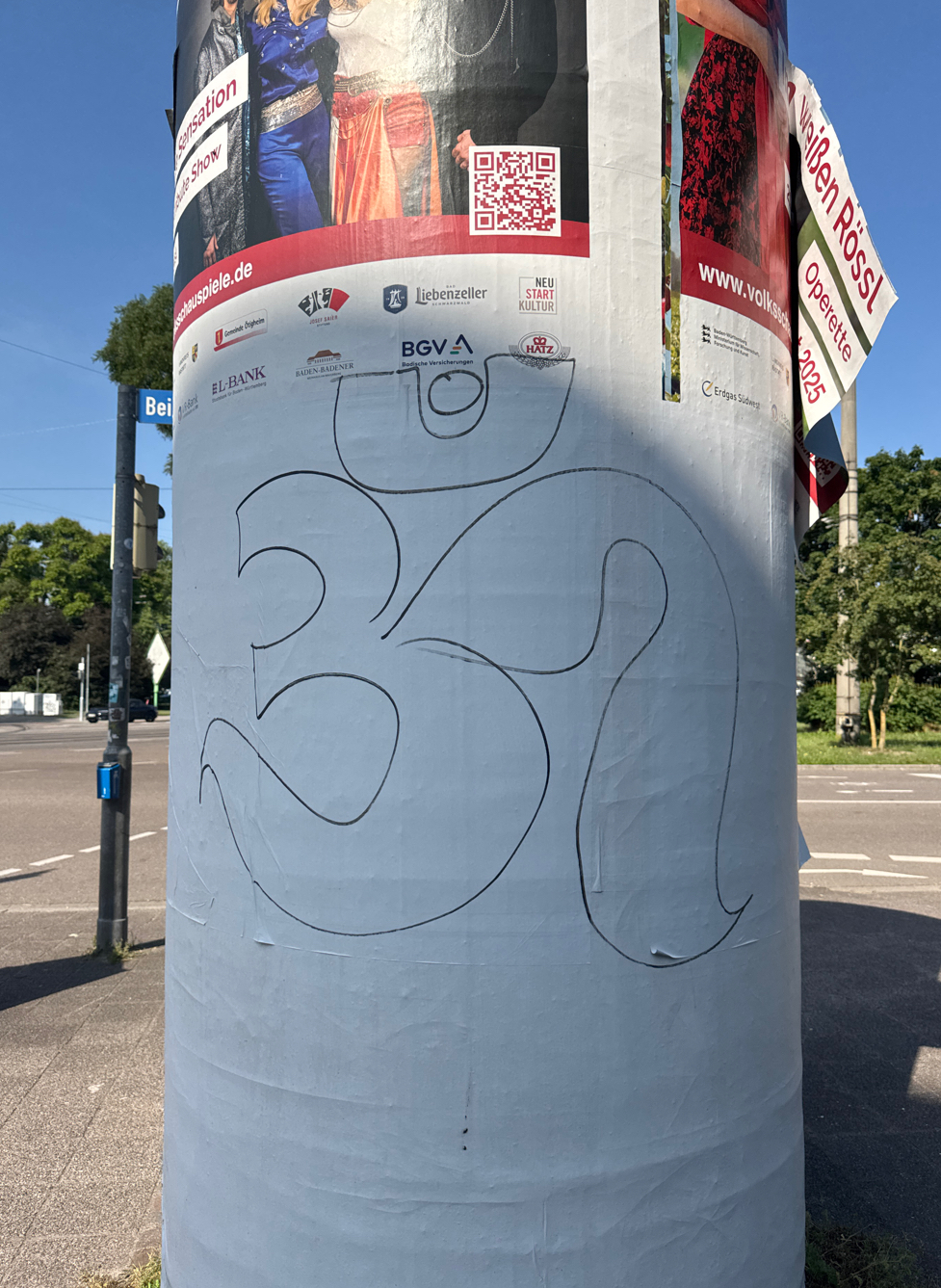
|
132625
|
ALBA
|
Deutschland
Karlsruhe
|
|
|
—
|
|
|
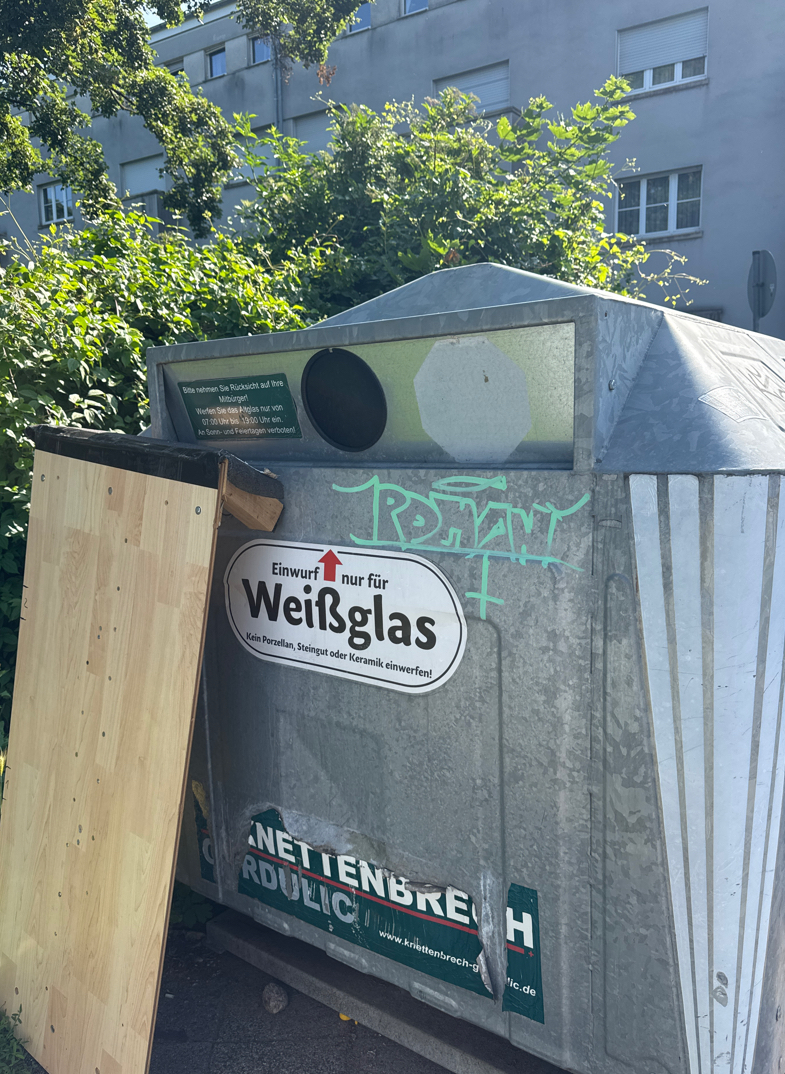
|
132626
|
ALBA
|
Deutschland
Karlsruhe
|
|
|
—
|
|
|

|
132627
|
ALBA
|
Deutschland
Karlsruhe
|
|
|
—
|
|
|
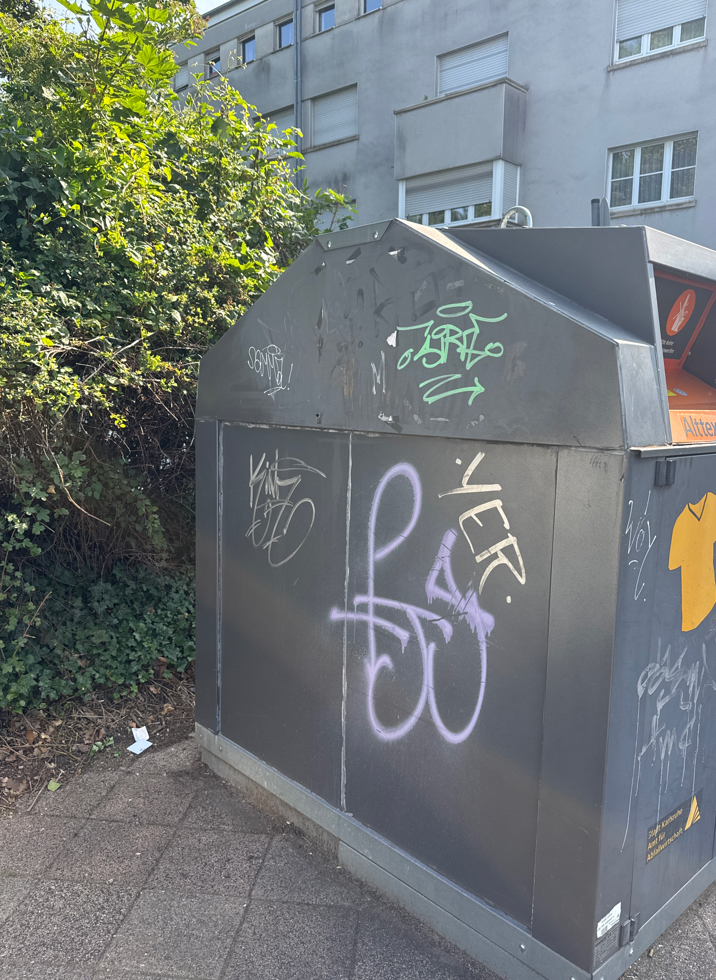
|
132628
|
ALBA
|
Deutschland
Karlsruhe
|
|
|
—
|
|
|
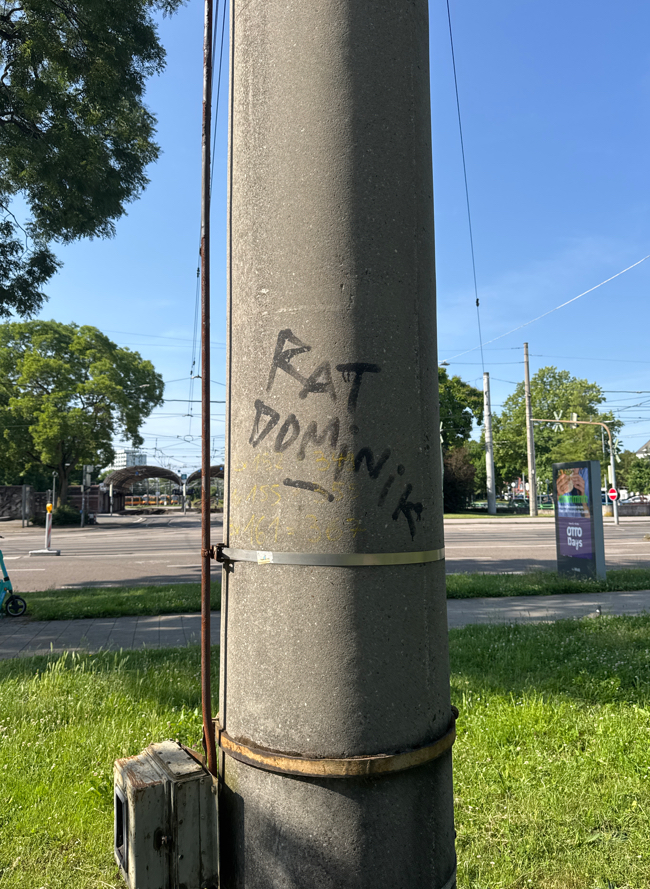
|
132629
|
ALBA
|
Deutschland
Karlsruhe
|
|
|
—
|
|
|
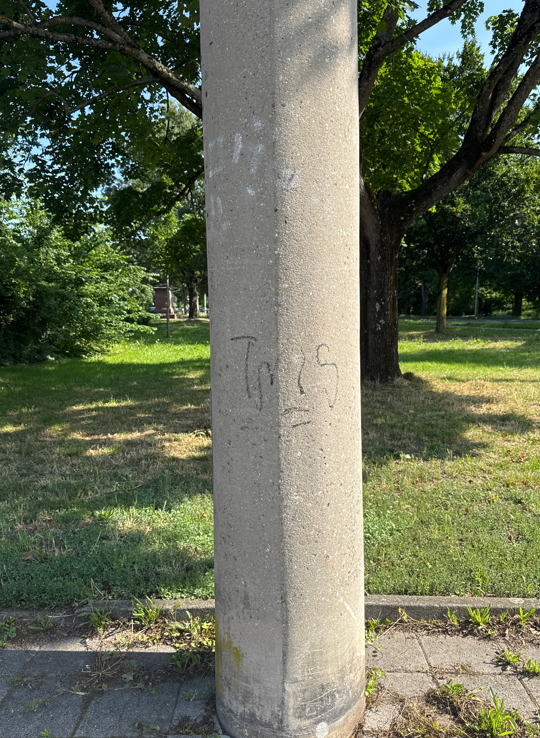
|
132630
|
ALBA
|
Deutschland
Karlsruhe
|
|
|
—
|
|
|
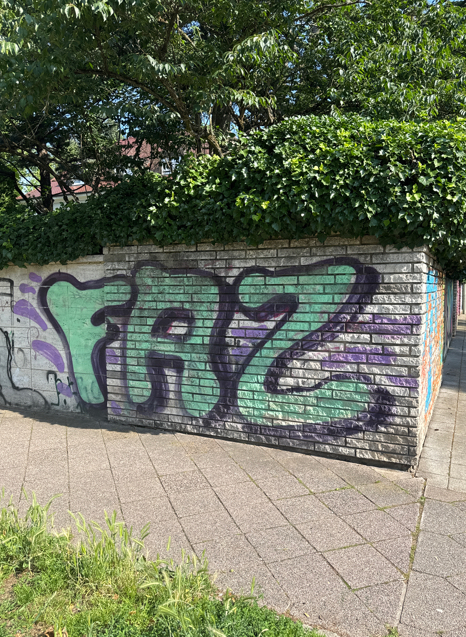
|
132631
|
ALBA
|
Deutschland
Karlsruhe
|
|
|
—
|
|
|
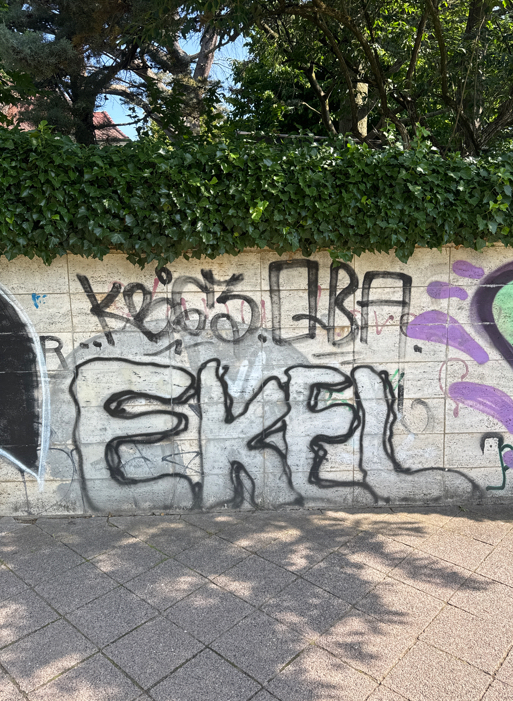
|
132632
|
ALBA
|
Deutschland
Karlsruhe
|
|
|
—
|
|
|